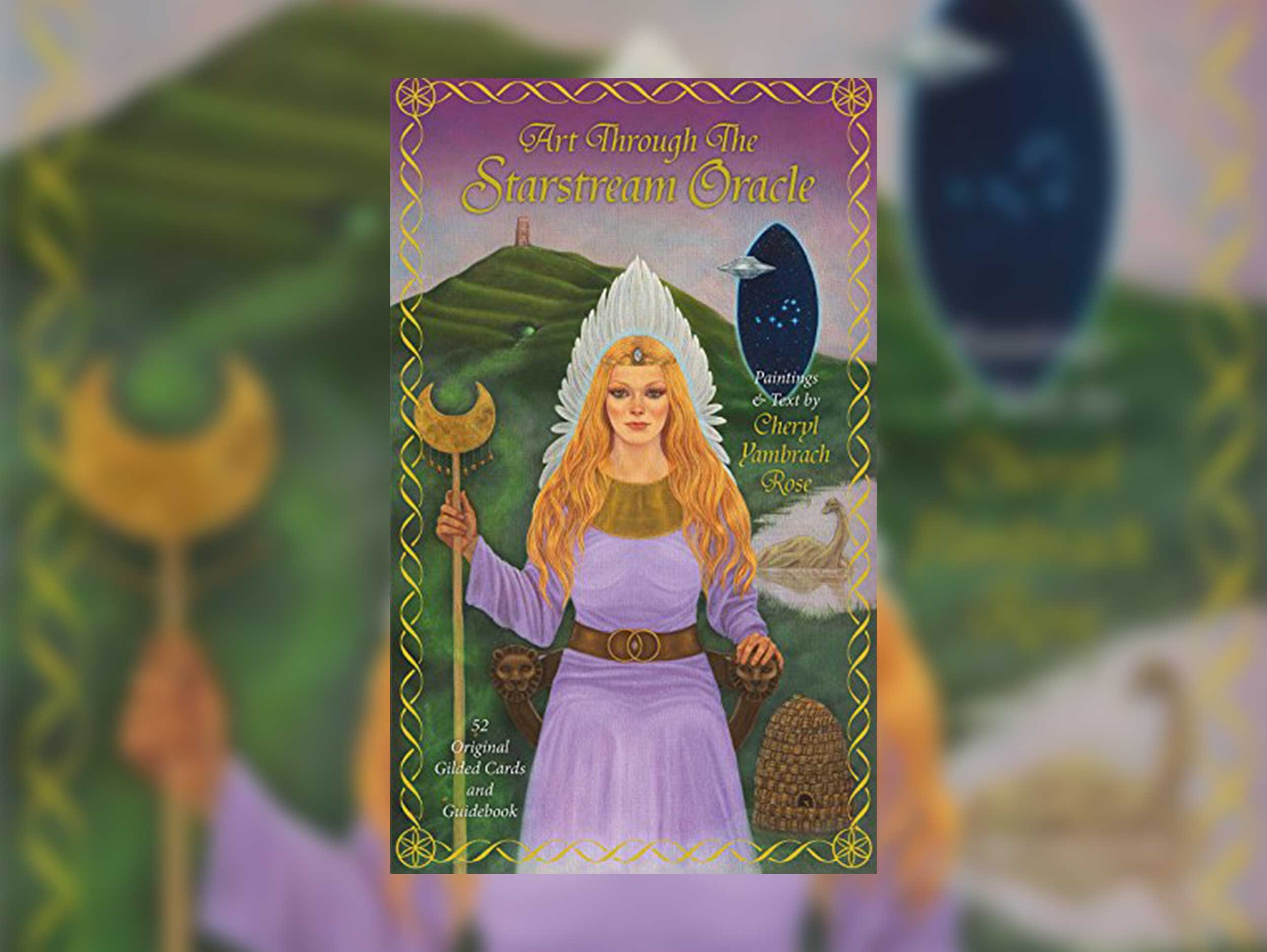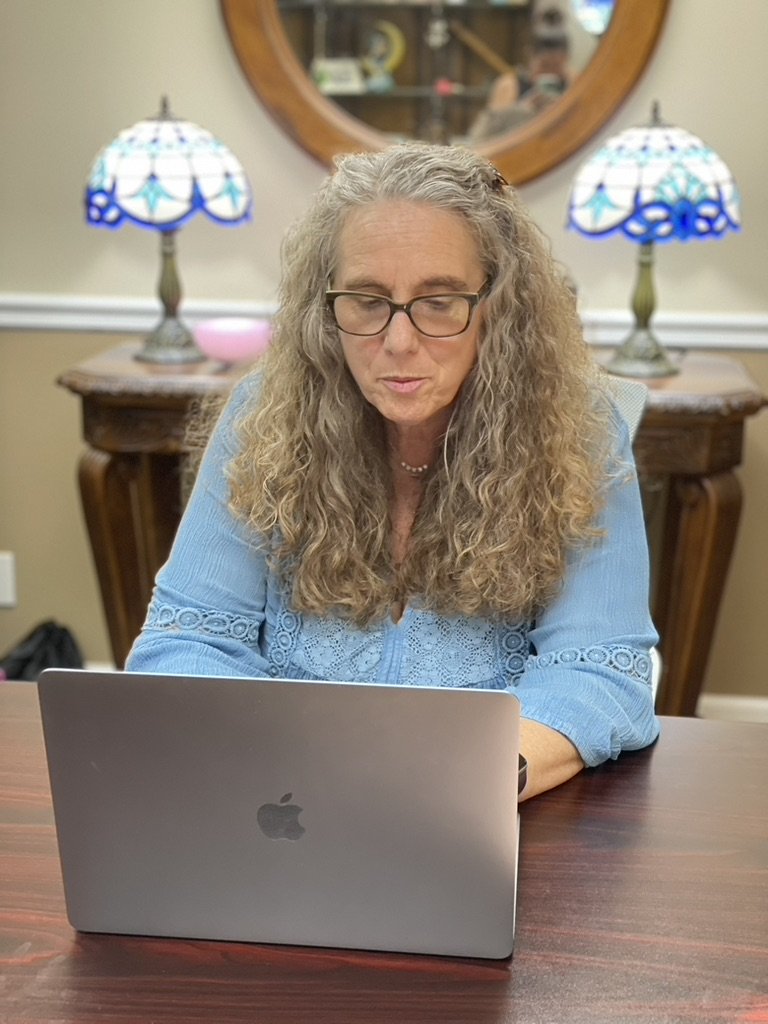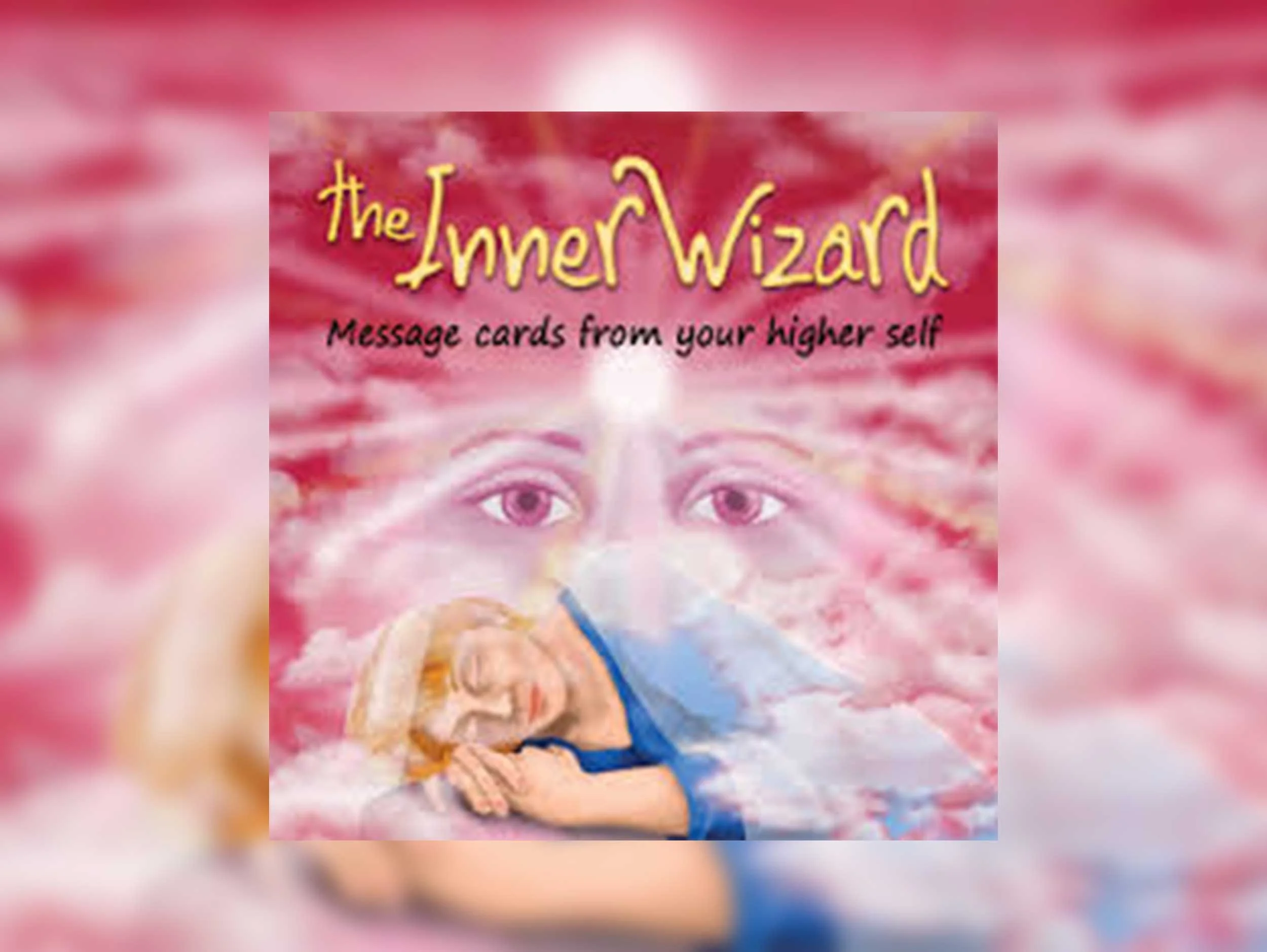Tarot Topics Blog
Writing is a passion of mine. Each week, I publish a newsletter on my favorite subject, tarot!
This consolidated blog contains my newsletters and other musings I have blogged here over the years.
Find all my posts, newsletters, reviews, and commentaries here.

A Sneak Peek of Tarot of the Divine Masculine
It's always an honor to be asked to review a forthcoming tarot deck. Here are some thoughts about Tarot of the Divine Masculine.

Corporate Tarot: Minding Your Business with the Cards
Read my review of Melanie McCarthy's Corporate Tarot Deck, and watch a video of the cards in action!

Another Successful Psychic Foodraiser: Holiday Open House 2015
The Tampa Bay Area Tarot Meetup's Holiday Open House was a huge success! Read about it, and see the pictures.

Tradition and Innovation: Celtic Lenormand
Celtic Lenormand is a beautiful and interesting addition to the expanding catalog of Lenormand decks.

A Review of Art Through the Starstream Oracle
Christiana reviews the Art Through the Starstream Oracle by Cheryl Yambrach Rose.

Holistic Tarot by Benebell Wen: A Groundbreaking Achievement
Holistic Tarot by Benebell Wen, book reviewed January, 2015, on my personal blog. A video review is included.

A Review of Chrysalis Tarot
Chrysalis Tarot , tarot deck reviewed December, 2014, on my personal blog. This review includes a video.

A Review of Japaridze Tarot
Japaridze Tarot , tarot deck reviewed November, 2014, on my personal blog. A video review is included.

A Review of Lilith by Ambika Devi
Lilith, novel by Ambika Devi, reviewed June, 2014 on my personal blog.

A Vision Realized: A Review of Oracle of Visions
Oracle of Visions, oracle deck reviewed May, 2014, on my personal blog. A video review is included.

A Hardcore Tarotist's First Lenormand: Under the Roses Lenormand
Under the Roses, Lenormand deck reviewed May, 2014, on my personal blog. A video review is included.

A Review by Request: Golden Tarot by Kat Black
Golden Tarot by Kat Black, tarot deck reviewed January, 2014, on my community blog. A video review is included.

A Review of The Soul's Journey
The Soul’s Journey, tarot book by James Ricklef, reviewed December, 2013, on my tarot news site. A video review is included.

Review of Conscious Spirit Oracle Deck
Conscious Spirit Oracle Deck, oracle deck reviewed in September, 2013, on my tarot news blog. A video review is included.

A Review of Renaissance Tarot
Renaissance Tarot, tarot deck by Brian Williams, reviewed July, 2013, on my news blog. A video review is included.

Ancestral Path Tarot: Review of an Important Tarot Deck
This tarot deck was reviewed June, 2013, on my tarot news blog. A video is included.

A Review of Magical Times Empowerment Cards
Magical Times Empowerment Cards, oracle deck reviewed May, 2013, on my tarot news blog.

Review of The Golden Tarot: The Visconti-Sforza Deck
The Golden Tarot from Race Point Publishing, a Visconti Sforza reproduction, tarot deck reviewed April, 2013, on my tarot news blog.


